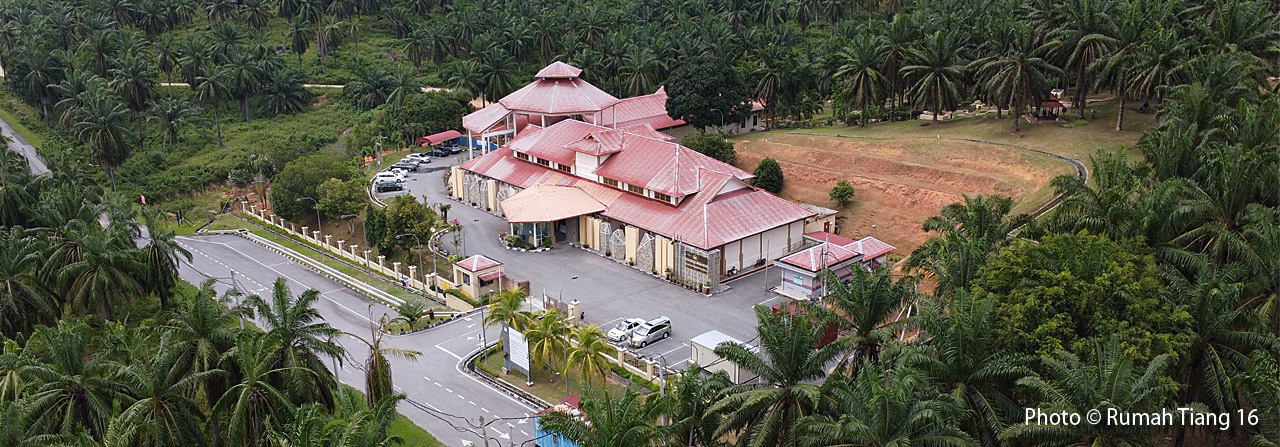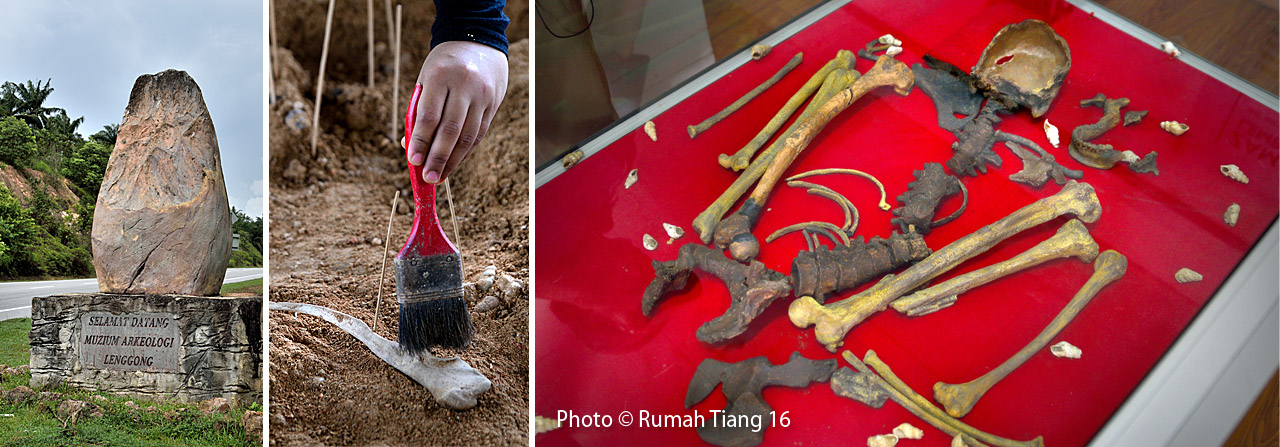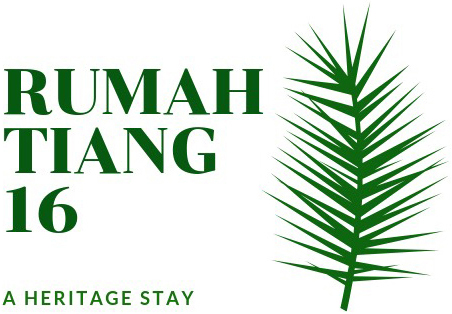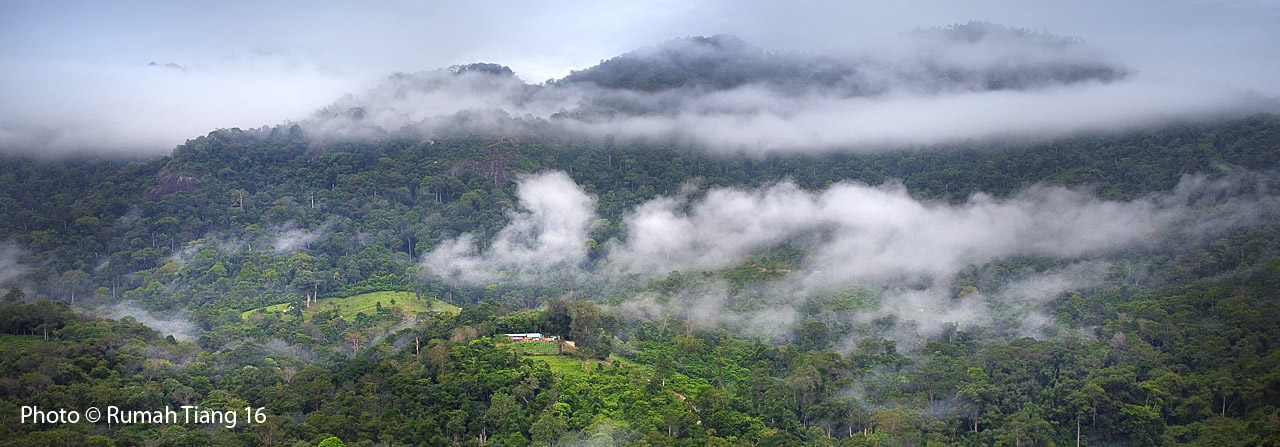Archaeological heritage of the Lenggong Valley

In the Lenggong Valley is evidence of almost two million years of hominid history. Beginning with the meteoritic strike 1.83 million years ago which blocked and diverted the Perak River, the existence of Paleolithic tools (including hand axes) was revealed. Ashes ensuing Toba super volcanic eruption some 74,000 ago buried a stonetool workshop site; the discovery of similar sites subsequently followed.
Aside from these discoveries, prehistoric burial grounds were also found to be present in some of the twenty discovered caves. These caves and open air sites bear testimony to life during the Paleolithic, Neolithic and Bronze Age eras. The practice of lithic technology was also evident.

Ultimately, the significant discovery of an 11,000 year old Perak Man skeleton, Southeast Asia’s oldest and most complete, further confirmed hominid existence in the valley at the end of the Pleistocene and early Holocene periods.
The reliability and authenticity of the historic sites at Lenggong Valley have been independently reviewed. Nevertheless, in spite of the relatively satisfactory condition of the various landmarks, more active conservation steps and an overall management plan have to be put in place.
For the full article, "Archaeological Heritage of the Lenggong Valley" by UNESCO World Heritage Centre, click here.


